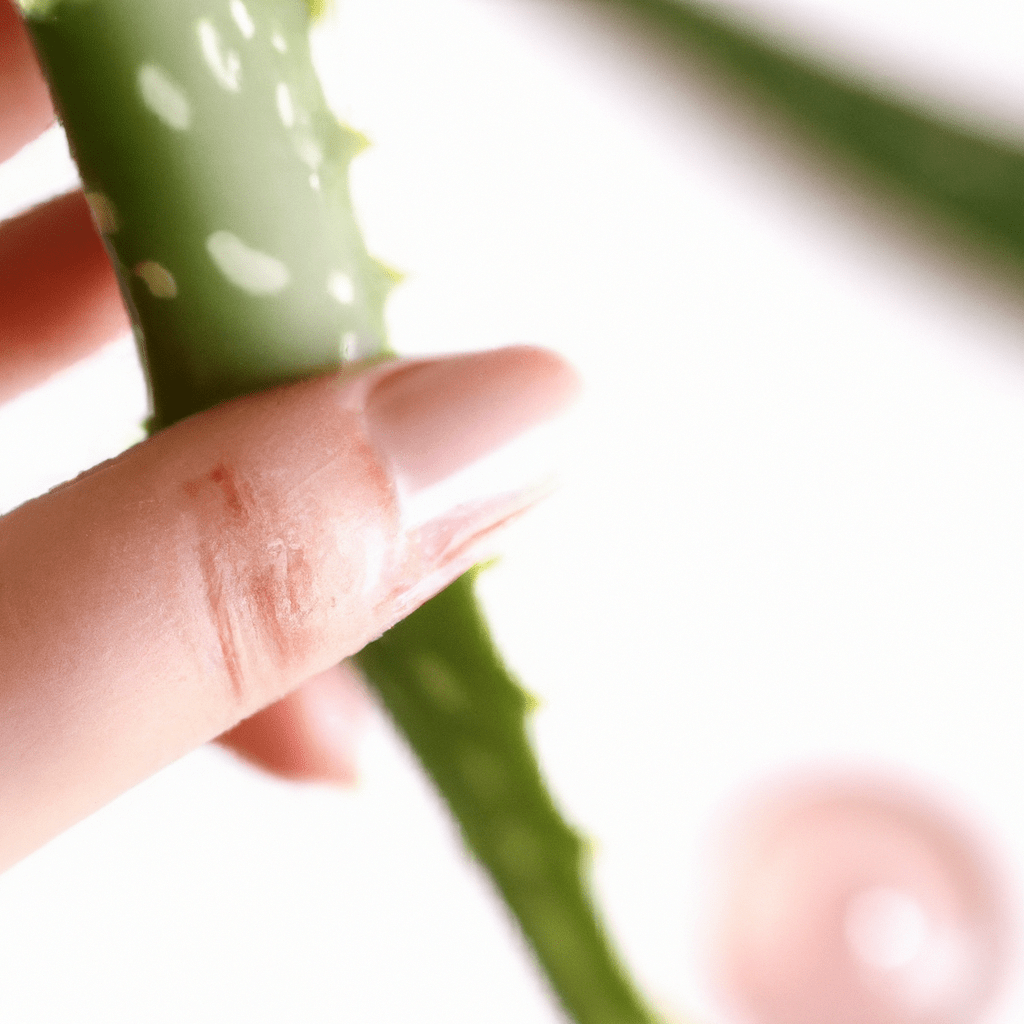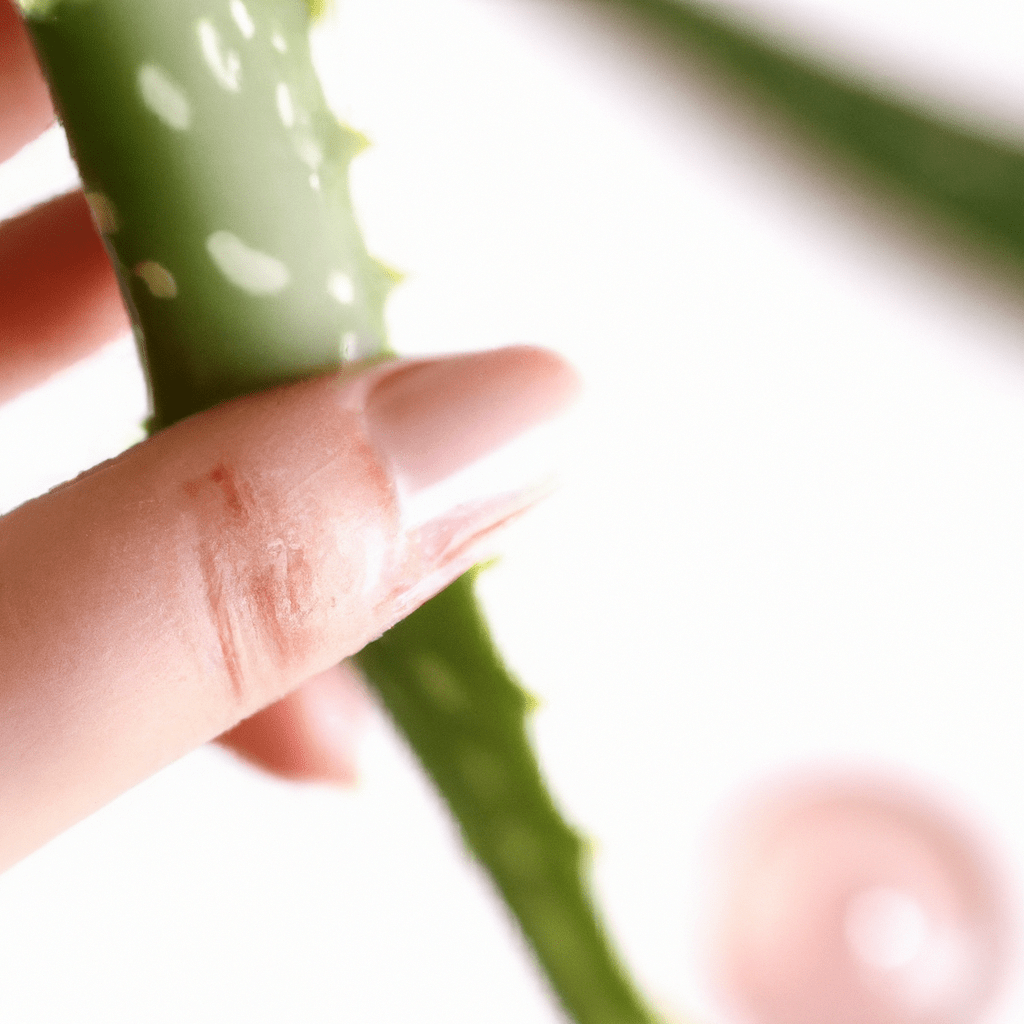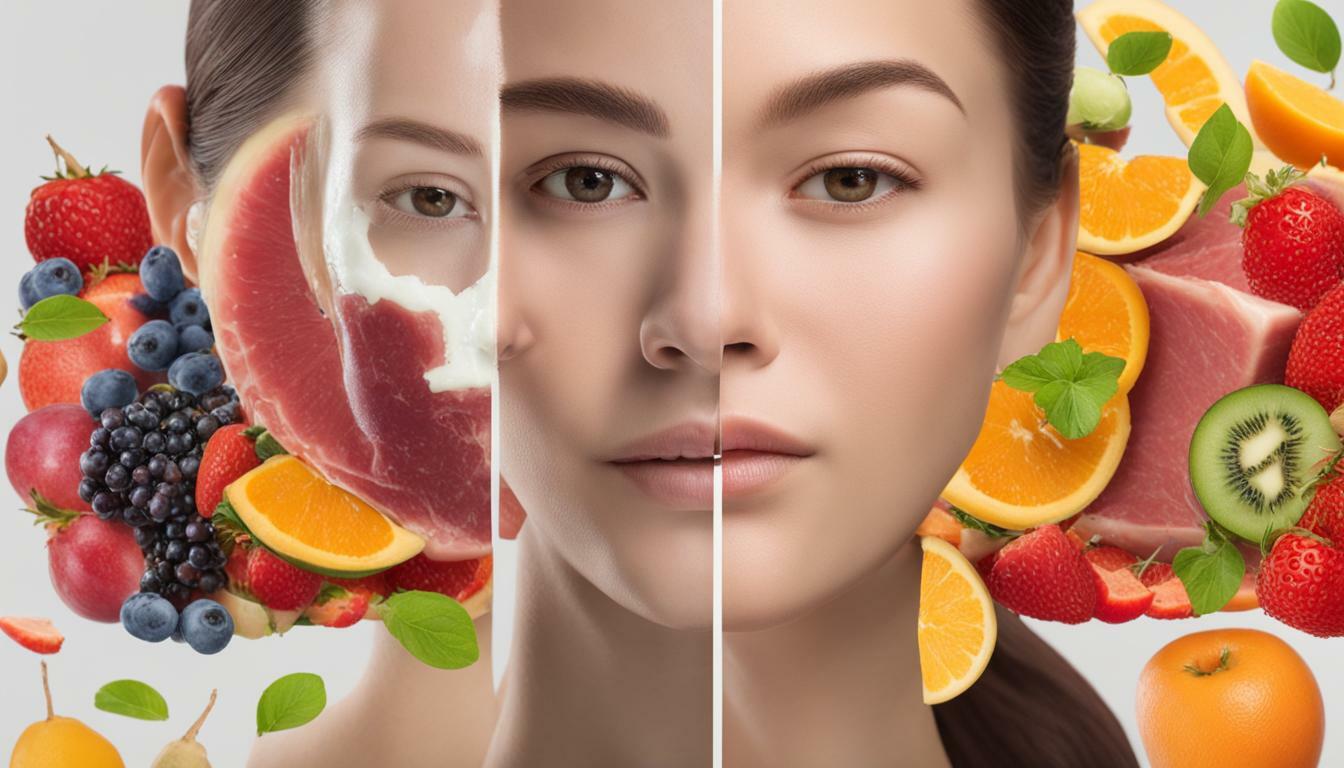If you’ve ever battled with troublesome acne, then you know the frustrating struggle of trying to find a solution that actually works. That’s why understanding what kills acne bacteria is crucial in your quest for clear, blemish-free skin. In this article, we will explore the various methods and ingredients that effectively combat acne-causing bacteria, helping you achieve a complexion that is not only healthy but radiant as well. So, say goodbye to those pesky blemishes and let’s tackle acne bacteria head-on!

Overview of Acne Bacteria
Acne, a common skin condition that affects millions of people worldwide, is primarily caused by the overgrowth of bacteria on the skin. While several factors contribute to the development of acne, such as hormonal fluctuations, clogged pores, and excess oil production, understanding and effectively eliminating acne bacteria is crucial in managing and preventing breakouts.
Understanding Acne Bacteria
Acne bacteria, scientifically known as Propionibacterium acnes, are naturally present on the skin. In fact, everyone has this type of bacteria living on their skin to some extent. However, when there is an excessive accumulation of sebum, dead skin cells, and dirt, acne bacteria thrive and multiply, leading to the formation of red, inflamed pimples.
Common Types of Acne Bacteria
Within the category of acne bacteria, there are different strains and subtypes. Some of the most common types include Propionibacterium acnes (P. acnes) and Staphylococcus epidermidis (S. epidermidis). These bacteria feed on the sebum produced by the sebaceous glands in the skin, causing inflammation and the formation of acne lesions.
Significance of Eliminating Acne Bacteria
Eliminating acne bacteria is vital in reducing acne breakouts and preventing the development of new pimples. By targeting and killing the bacteria, it helps to minimize inflammation and control the spread of infection. Furthermore, eliminating acne bacteria not only treats existing acne but also enhances the overall health and appearance of the skin.
Natural Remedies to Kill Acne Bacteria
When it comes to combating acne bacteria naturally, there are various tried-and-true remedies that can be effective in reducing bacterial growth and promoting clearer skin.
Tea Tree Oil
Tea tree oil is a well-known natural remedy for acne due to its antimicrobial properties. It has been shown to exhibit powerful antibacterial effects against acne-causing bacteria, including P. acnes. To use tea tree oil effectively, mix a few drops with a carrier oil, such as jojoba or coconut oil, and apply it to the affected areas with a cotton swab.
Honey
Another natural ingredient with antibacterial properties is honey. Applying raw, organic honey to the skin can help kill acne bacteria while also soothing inflammation and promoting wound healing. Simply dab a small amount of honey onto the affected areas and leave it on for about 15-20 minutes before rinsing off.
Apple Cider Vinegar
Apple cider vinegar contains acetic acid, which has antibacterial properties that can help eliminate acne bacteria. It also helps to balance the skin’s pH levels and remove excess oil. Dilute apple cider vinegar with water in a 1:3 ratio, apply it to the skin using a cotton ball, and leave it on for a few minutes before rinsing off.
Green Tea
Green tea is not only a refreshing beverage but also a potent natural remedy for acne. It contains catechins, which have been shown to possess antibacterial and anti-inflammatory properties. Brew a cup of green tea, let it cool down, and then apply it to the skin using a cotton ball or spritz it onto your face using a spray bottle.
Aloe Vera
Aloe vera, known for its soothing and healing properties, can also help in eliminating acne bacteria. Apply fresh aloe vera gel directly to the affected areas and leave it on for at least 15 minutes before rinsing off. Aloe vera not only fights bacteria but also reduces inflammation, redness, and promotes skin repair.
Over-the-Counter Topical Treatments
Over-the-counter topical treatments are readily available and can be effective in targeting and killing acne bacteria. These products typically contain active ingredients that help reduce inflammation and inhibit bacterial growth.
Benzoyl Peroxide
Benzoyl peroxide is a common ingredient found in many acne treatments. It works by releasing oxygen into the pores, thereby killing the acne bacteria. It also helps to exfoliate the skin and remove dead skin cells, unclogging pores. Start with a low concentration (2.5% – 5%) and gradually increase if necessary.
Salicylic Acid
Salicylic acid, another popular ingredient in acne treatments, helps unclog pores and reduces inflammation. It penetrates the skin and exfoliates the inside of the pores, preventing the buildup of dead skin cells and sebum. Look for products with a concentration of 0.5% – 2%.
Sulfur
Sulfur has been used for treating acne for centuries due to its antibacterial and keratolytic properties. It helps to remove dead skin cells and dry out excess oil, making it difficult for acne bacteria to thrive. Sulfur-based products are available in various forms, such as cleansers, masks, and spot treatments.
Resorcinol
Resorcinol is a compound commonly used in acne treatments due to its effectiveness in reducing bacteria and excess oil production. It also aids in exfoliation and promoting cell turnover. However, it may cause skin irritation, so it is essential to follow the instructions and use it in moderation.
Topical Antibiotics
Topical antibiotics, such as clindamycin and erythromycin, are often prescribed to kill acne bacteria directly on the skin’s surface. These antibiotics work by inhibiting the growth of bacteria and reducing inflammation. However, long-term use can lead to antibiotic resistance, so they are usually recommended in combination with other treatments.

Prescription Medications
In more severe cases of acne, prescription medications may be necessary to effectively kill acne bacteria and prevent further breakouts. These medications are typically prescribed by dermatologists and should be used under their supervision.
Topical Retinoids
Topical retinoids, such as tretinoin, adapalene, and tazarotene, are derived from vitamin A and work by unclogging pores, reducing inflammation, and preventing the formation of new acne lesions. They also help normalize skin cell turnover, preventing the buildup of dead skin cells. These medications may cause dryness and irritation, so it is crucial to start with a lower concentration and gradually increase as tolerated.
Oral Antibiotics
Oral antibiotics, such as doxycycline, tetracycline, and minocycline, are prescribed for moderate to severe acne. They work by reducing acne-causing bacteria and reducing inflammation. Like topical antibiotics, prolonged use can lead to antibiotic resistance, so they are typically used for a limited duration or in combination with other treatments.
Oral Contraceptives
For female individuals, oral contraceptives that contain estrogen and progestin can be prescribed to regulate hormonal fluctuations that contribute to acne. These medications can help reduce sebum production and control acne-causing bacteria. It is important to note that oral contraceptives are not suitable for everyone and may have potential side effects, so consult with a healthcare professional before starting this treatment.
Isotretinoin
Isotretinoin, often known by the brand name Accutane, is a powerful oral medication used for severe acne that has not responded to other treatments. It works by reducing sebum production, shrinking oil glands, and killing acne bacteria. Isotretinoin is associated with potentially severe side effects, so it is only prescribed under strict medical supervision.
Spironolactone
Spironolactone, a medication primarily used as a diuretic, can also be prescribed to individuals experiencing hormonal acne. It blocks androgen receptors, reducing oil production and controlling the growth of acne bacteria. Spironolactone is typically prescribed to adult females and requires regular monitoring.
Medical Procedures
In cases where topical treatments and medications do not provide satisfactory results or for individuals with severe acne, various medical procedures can be considered to kill acne bacteria and improve the skin’s appearance.
Laser and Light Therapy
Laser and light therapy, such as blue light therapy, can be effective in killing acne bacteria by targeting and destroying the bacteria without harming the surrounding skin. These treatments also help reduce inflammation, minimize pore size, and promote collagen production for smoother skin.
Chemical Peels
Chemical peels involve the application of a chemical solution to the skin, which exfoliates the top layer, removing dead skin cells and reducing bacterial growth. Chemical peels can improve the appearance of acne scars, promote new cell growth, and deeply cleanse the skin.
Extraction and Drainage
In cases of severe acne or large cysts, a dermatologist may perform extraction and drainage procedures. These procedures involve gently removing the contents of the acne lesion using specialized tools, reducing inflammation, and preventing the spread of infection.
Corticosteroid Injections
Corticosteroid injections are commonly used for treating large, inflamed cysts and nodules. The injection delivers a powerful anti-inflammatory medication directly into the acne lesion, reducing swelling and accelerating the healing process. However, corticosteroid injections are generally used sparingly due to potential side effects.
Photodynamic Therapy
Photodynamic therapy (PDT) combines the use of a photosensitizing agent applied to the skin and exposure to specific wavelengths of light. This treatment targets and kills acne bacteria while also shrinking the sebaceous glands, reducing oil production. PDT also helps minimize inflammation and improve the overall texture and tone of the skin.
Lifestyle and Dietary Adjustments
In addition to the various treatments and procedures available, making certain lifestyle and dietary adjustments can also play a significant role in killing acne bacteria and preventing further breakouts.
Maintain a Healthy Diet
Eating a well-balanced diet that includes plenty of fruits, vegetables, whole grains, and lean proteins can promote overall skin health and support the immune system. Limiting foods high in refined sugars, processed foods, and unhealthy fats can help reduce inflammation and control acne bacteria growth.
Stay Hydrated
Drinking an adequate amount of water per day helps flush out toxins, supports skin hydration, and promotes healthy cell turnover. Aim to drink at least 8 glasses of water per day to maintain optimal hydration levels and support the skin’s natural defense mechanisms.
Avoid Excessive Oil and Greasy Foods
Limiting the consumption of oily and greasy foods can help prevent excess oil production and reduce bacterial growth. Avoiding deep-fried foods, greasy snacks, and excessive butter or oil in cooking can contribute to clearer, healthier skin.
Minimize Stress Levels
Stress can aggravate acne and increase the production of cortisol, a hormone that can stimulate oil glands and worsen bacteria growth. Engaging in stress-reducing activities, such as meditation, exercise, or hobbies, can help improve overall skin health and reduce acne breakouts.
Practice Proper Hygiene
Maintaining proper hygiene can help prevent the spread of bacteria and reduce acne breakouts. Wash your face twice a day using a gentle cleanser to remove excess oil, dirt, and bacteria. Avoid harsh scrubbing or using hot water, as it can irritate the skin and worsen acne. Additionally, wash your hands regularly and avoid touching your face throughout the day.
Maintaining Clean Skin
Implementing a proper skincare routine is essential in killing acne bacteria and maintaining clear skin. Here are some tips to follow for maintaining clean skin:
Gentle Cleansing
Use a gentle cleanser specifically formulated for acne-prone skin to wash your face twice a day. Avoid harsh scrubs or products containing excessive chemicals, as they can irritate the skin and disrupt the natural balance.
Exfoliation
Regular exfoliation helps remove dead skin cells and unclog pores, preventing the growth of acne bacteria. However, it is important to use a gentle exfoliator and avoid harsh scrubbing, as over-exfoliating can cause skin irritation and inflammation.
Avoid Excessive Touching or Picking at the Skin
Touching or picking at the skin can transfer bacteria and irritate existing acne lesions, leading to further inflammation and potential scarring. It is important to resist the temptation to touch or pick at your skin and keep your hands away from your face as much as possible.
Avoid Heavy Makeup or Products that Can Clog Pores
Using heavy makeup or products that contain comedogenic ingredients can clog pores and contribute to bacterial growth. Look for non-comedogenic and oil-free products that are specifically formulated for acne-prone skin to minimize the risk of clogged pores.
Changing Pillowcases Regularly
Pillowcases can harbor dirt, oil, and bacteria, which can transfer onto the skin while you sleep. Changing your pillowcases regularly, at least once a week, can help prevent the accumulation of these impurities and minimize the risk of bacterial growth.
Preventing Bacterial Growth
Preventing bacterial growth is crucial in maintaining clear, healthy skin. Here are some strategies to minimize the growth of acne-causing bacteria:
Use Oil-Free and Non-Comedogenic Skincare Products
Using oil-free and non-comedogenic skincare products can help prevent pore clogging and reduce bacterial growth. These products are specifically designed to be light and non-greasy, making them less likely to contribute to acne breakouts.
Wash and Clean Items that Come into Contact with Your Face
Items such as towels, hats, and makeup brushes can accumulate bacteria and transfer it onto the skin. Regularly washing and cleaning these items can help prevent bacterial growth and reduce the risk of acne breakouts.
Avoid Sharing Personal Items
Sharing personal items, such as towels, razors, and makeup brushes, can lead to the spread of bacteria and increase the likelihood of developing acne. It is important to keep your personal hygiene items separate and avoid sharing them with others.
Wash Your Face After Sweating
Sweat can contribute to bacterial growth, leading to acne breakouts. It is important to wash your face with a gentle cleanser immediately after sweating to remove dirt, bacteria, and excess oil from the skin.
Avoid Tight-Fitting Clothing
Tight-fitting clothing, especially in areas prone to acne breakouts such as the chest and back, can trap sweat, oil, and bacteria against the skin. Opt for loose-fitting clothing made of breathable fabrics to minimize bacterial growth and reduce the risk of acne.
Combining Different Approaches
In many cases, a combination of different approaches is necessary to effectively kill acne bacteria and achieve clear skin. Here are some effective combinations of treatments and approaches:
Combining Natural Remedies and Over-the-Counter Treatments
Combining natural remedies, such as tea tree oil or honey, with over-the-counter treatments containing benzoyl peroxide or salicylic acid, can enhance their effectiveness in killing acne bacteria while providing additional benefits, such as reducing inflammation or exfoliating the skin.
Combining Prescription Medications and Medical Procedures
For severe or persistent acne, combining prescription medications, such as topical retinoids or oral antibiotics, with medical procedures like laser therapy or chemical peels can provide a comprehensive approach to killing acne bacteria and promoting clear skin.
Including Lifestyle Adjustments with Medication Usage
Incorporating lifestyle adjustments, such as maintaining a healthy diet, minimizing stress levels, and practicing proper hygiene, alongside the use of topical or oral medications, can optimize the effectiveness of the treatments and promote long-term acne management.
Consultation with a Dermatologist for Personalized Treatment Plans
Every individual’s skin is unique, and what works for one person may not work for another. Consulting with a dermatologist is essential for developing a personalized treatment plan tailored to your specific needs and acne severity, ensuring the most appropriate combination of treatments is used.
Considering the Severity of Acne for Appropriate Combinations
The severity of acne varies from person to person, ranging from mild to severe. The appropriate combination of treatments may differ depending on the acne severity. Mild acne may respond well to natural remedies and over-the-counter treatments, while severe acne may require prescription medications and medical procedures.
Conclusion
In conclusion, effectively killing acne bacteria plays a crucial role in managing acne breakouts and maintaining clear, healthy skin. With a comprehensive approach that includes natural remedies, over-the-counter treatments, prescription medications, medical procedures, lifestyle adjustments, skincare practices, and prevention strategies, it is possible to combat acne bacteria and achieve long-term acne management. However, it is essential to be persistent and patient in finding the right combination of treatments that work best for your skin. If acne persists or becomes severe, seeking professional guidance from a dermatologist can help in developing a personalized treatment plan for optimal results. By taking a proactive approach and incorporating various strategies, you can achieve clearer, healthier skin and boost your confidence.




